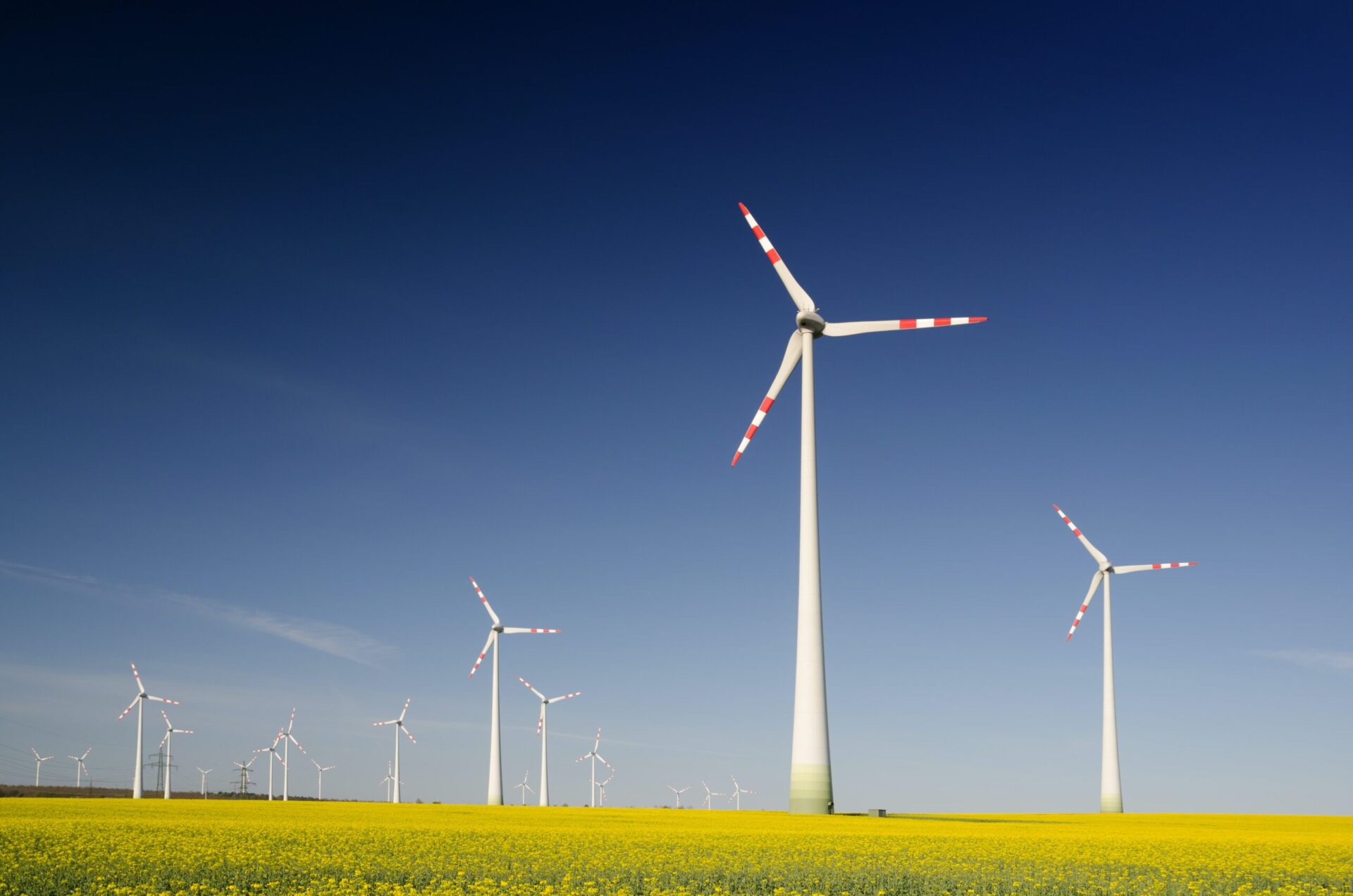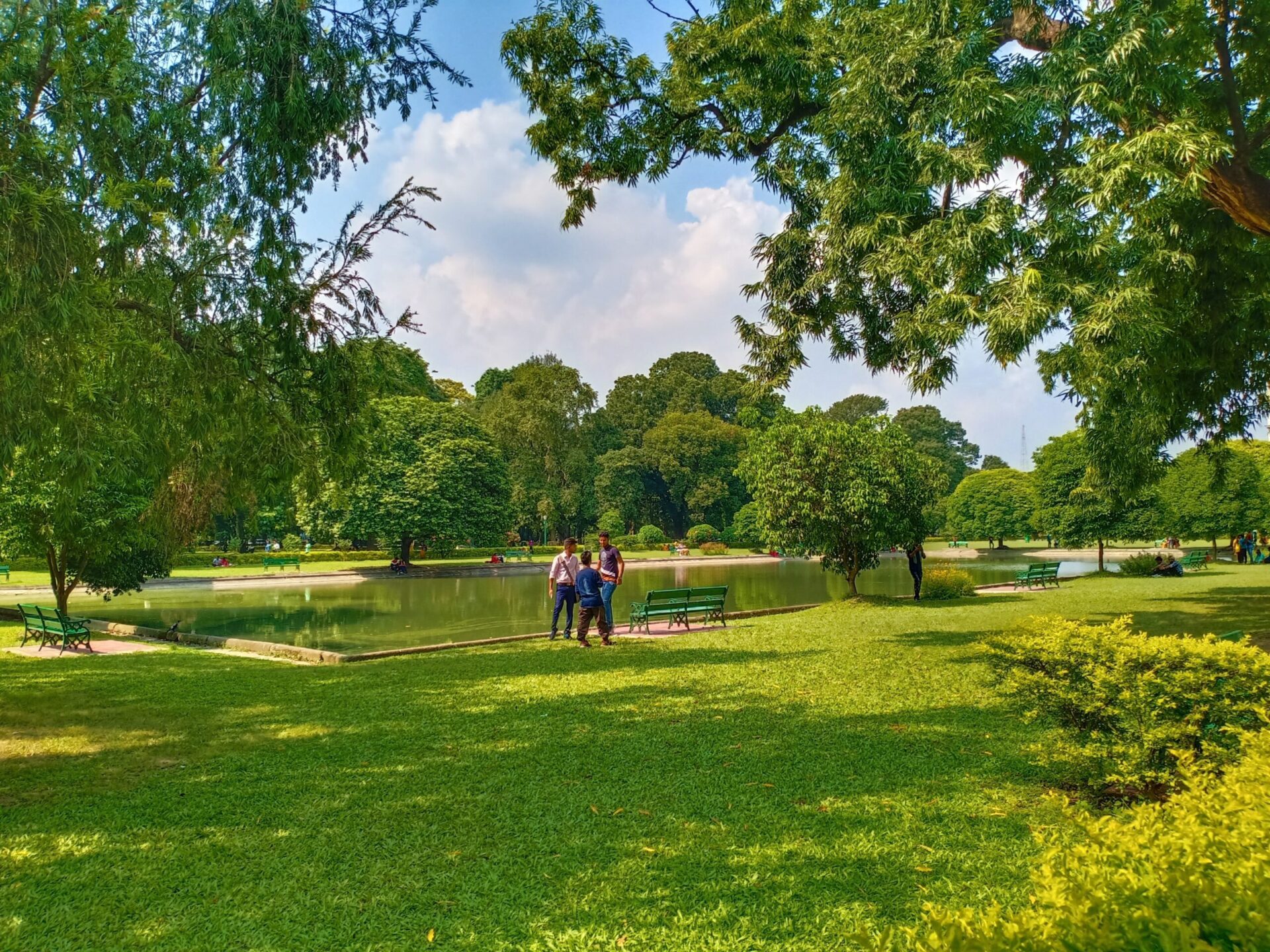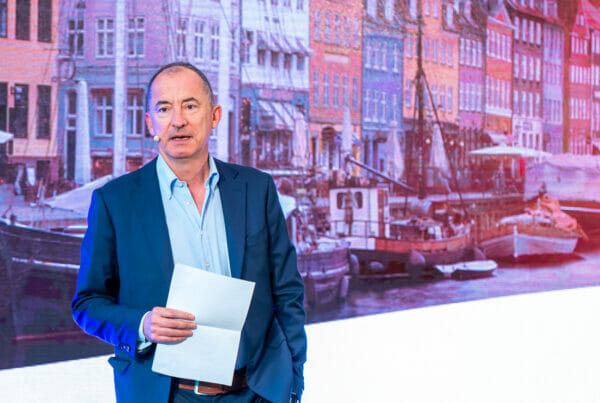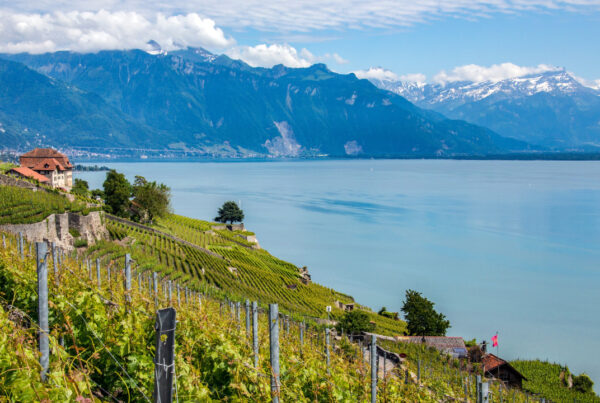For too long, economic growth and development has come at an environmental and social cost.
Since the dawn of industrialisation, the world has seen increasingly rapid advancements in technology which has caused an accelerated pace of development beyond what the earth’s natural resources can sustain.
With global warming, habitat destruction, poverty and many other socio-environmental issues becoming more pressing, it is clear that we need to invest in more sustainable development practices.
What is Sustainable Development?
The earliest (and thus most widely accepted) definition of sustainable development, is “development that meets the needs of the present, without compromising the ability of future generations to meet their own needs.” But sustainable development is about more than just the environment.
Sustainable Development has three major components:
- Economic growth
- Environmental stewardship and
- Social inclusion
It is about meeting the diverse needs of different communities to create a better quality of life and future for all.
What are some examples of Sustainable Development?
Wind Energy
People have utilized the power of the wind for millennia, dating back to the first recorded windmill in Persia between 500 and 900 AD. Fast forward to the 21st century and, in many localities, energy generated by wind power has become either competitive with or less expensive than coal-generated electricity.

Wind turbines are a great solution for power generation due to their cost and the fact that they require a very small land footprint. Other land uses such as farming, conservation and recreation can happen simultaneously with wind power generation. As the price of wind power technology continues to drop and energy storage and transmission infrastructure improves, wind energy could significantly supplement or replace entire grid systems.
Solar Energy
From roof-top solar panels to massive solar farms that can attain the same generating capacity as a conventional power plant, it is clear that there is a renewable energy revolution happening in the world — and it is powered by the sun.
A solar farm can reduce 94% of the emissions that a coal power plant emits. It also eliminates noxious pollutants like sulphur nitrous oxides and mercury which are major contributors to the air pollution responsible for millions of premature deaths every year. Solar technology is getting cheaper and is now cost competitive or less costly than conventional power generation in many parts of the world.
According to the International Renewable Energy Agency, currently 220 million to 330 million tons of annual carbon dioxide are saved due to solar photovoltaics. With solar still making up less than 2% of the global energy mix, this shows the great potential for the growth of solar in the future.
Crop Rotation
Currently we produce the bulk of our food through industrial agriculture. A system which relies on large farms that monocrop and use enormous amounts of fertilizer and chemical pesticides. Industrial agriculture is immensely damaging to soils, water, air and the climate.
Crop rotation, in contrast, is defined as “the successive planting of different crops on the same land to improve soil fertility and help control insects and diseases.” This way of farming is not a new practice, but rather a more ancient way of farming chemical-free, whilst maximizing the long-term growth potential of land.
An ongoing study at Iowa State University’s Marsden Farm research centre has shown that complex crop rotation systems can outperform conventional monoculture in both yield and profitability. It is also a practice that produces a diverse range of foods, can be adapted to different local conditions, causes less erosion and stores more carbon in soils assisting with carbon sequestration.
Water efficient fixtures
Many countries in the world are becoming water stressed and we are beginning to understand that water is not as unlimited as we once believed. In most buildings around the world, essential water usage such as showering, washing hands and sewage conveyance is unavoidable.
However, the amount of water used for these essential services can be drastically reduced by more than 50% with the use of water-saving fittings and fixtures. Some examples of water-efficient fixtures include: low-flow taps and shower heads, dual flush toilets and toilet stops. Interestingly, even industries like hospitality and entertainment are adopting these solutions to reduce environmental impact. These fixtures can be retrofitted easily and affordably into existing buildings or specified for new building projects.
Green Spaces
Green spaces such as parks, wetlands, lakes, forests or other eco systems are fundamental to sustainably developed urban areas. These areas are essential for cooling cities while trees produce oxygen and filter out air pollution. Well-designed green spaces also play a critical role in providing safer routes for those commuting by foot or bicycle and providing safer spaces for physical activity and recreation.

According to the World Health Organisation, “recent estimates show that physical inactivity, linked to poor walkability and lack of access to recreational areas, accounts for 3.3% of global deaths.” Thus having access to green spaces can improve health and well-being and even aid in the treatment of mental illness.
These examples are only a few of the many types of sustainable development that have the potential to perpetuate positive global change. The world is faced with a crossroad whereby we have the power now (and only now) to shift global development to be more sustainable before it is too late. As such, changes to regulations and incentives that govern development need to happen. This will make sustainable development, not only the best and most affordable option, but also the most obvious one to choose.
Article Sources:
- extension.iastate.edu. (2018). Carbon sequestration | Integrated Crop Management. [online] Available at: https://crops.extension.iastate.edu/carbon-sequestration [Accessed 4 Nov. 2018].
- Hawken, P. (2017). Drawdown: The Most Comprehensive Plan Ever Proposed to Roll Back Global Warming.
- The Borgen Project. (2018). Top 5 Examples of Sustainable Development | The Borgen Project. [online] Available at: https://borgenproject.org/five-examples-sustainable-development/ [Accessed 2 Nov. 2018].
- World Health Organization. (2018). Urban green spaces. [online] Available at: http://www.who.int/sustainable-development/cities/health-risks/urban-green-space/en/ [Accessed 2 Nov. 2018].
- Union of Concerned Scientists. (2018). What Is Sustainable Agriculture?. [online] Available at: https://www.ucsusa.org/food-agriculture/advance-sustainable-agriculture/what-is-sustainable-agriculture [Accessed 2 Nov. 2018].
 Webinar – How to build a rewarding career – December 5th 2024
Webinar – How to build a rewarding career – December 5th 2024
Webinar – How to build a rewarding career – December 5th 2024
 SUMAS Alumni Series: Broadening the Pathways for Transition of Ore Based Steel Production Industry Towards Lower Carbon Footprint – July 22nd 2024
SUMAS Alumni Series: Broadening the Pathways for Transition of Ore Based Steel Production Industry Towards Lower Carbon Footprint – July 22nd 2024
